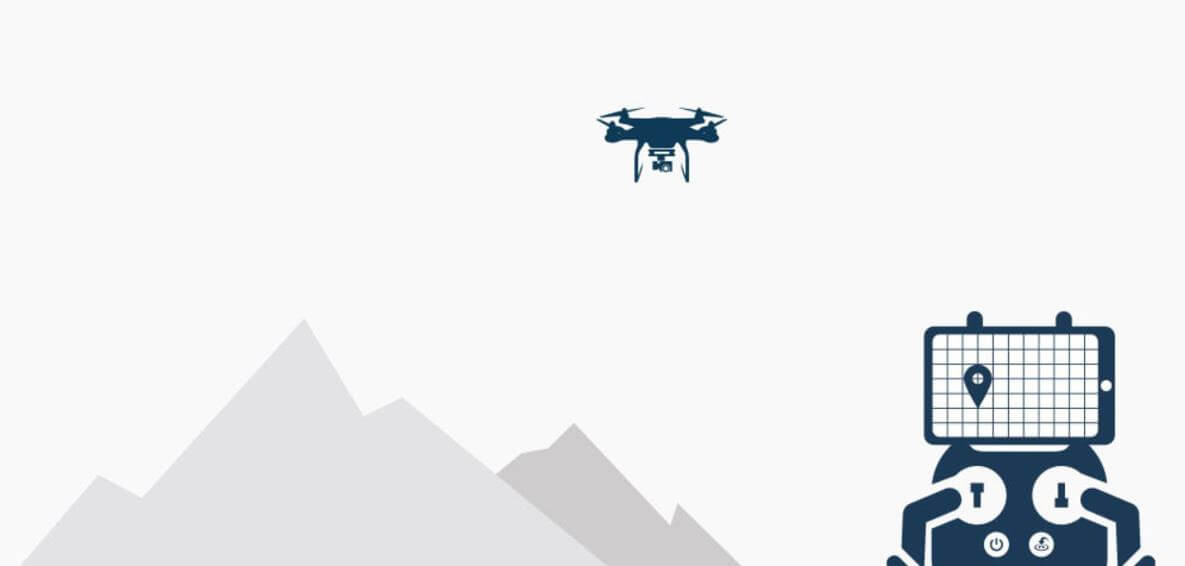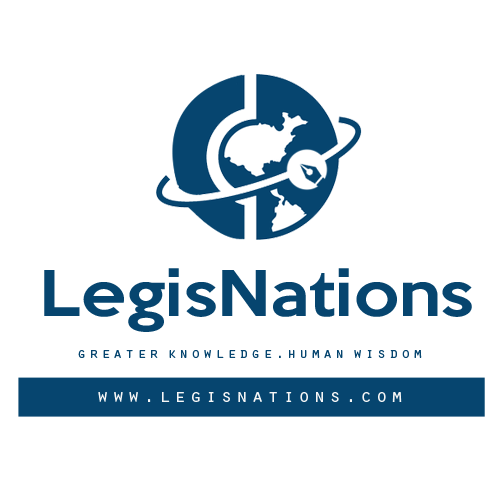INTRODUCTION
Advancement in technology in the past decade has left everyone spellbound, from the first self-drive car to sending humans in space (not intended for research purposes) we have seen some examples of how unblemished and emancipated human capabilities can be. Drones are amongst the most practical and reliable inventions in recent times, and it has revolutionized the business sector through its mostly positive connotations. The use of the term “mostly” is intentional and shall be discussed further. India has been growing digitally sound at an oozing pace and our lighting fast development shall be accredited to the young workforce of our country. Use of drone for a commercial purpose is a million-dollar idea which is yet seeking implementation and validation. Reports estimate the drone industries would reach a value of forty-three billion dollars by 2024. Earlier in the year, three food delivery start-ups were given the nod by the government to test drones for deliveries. Similarly, various e-commerce companies are also looking at the possibility of using drones for delivery. Apart from transportation, drones also have massive potential for emergency services. Last year, the Maharashtra Government announced a partnership with a leading medical drone company for delivering critical care medicines/equipment. Similarly, the insurance industry is already deploying drones for better risk management and collection of data[1]. The Ministry of Civil Aviation through its draft version of the “Unmanned Aircraft System (UAS) Rules, 2020” (the “Draft Rules”) has made its intentions crystal clear. India will be open to flying drones for numerous purposes in the coming years, however, at the moment the draft has been put up only for public suggestions.
FEATURES OF THE DRAFT RULES
Classification of drones: The draft rules propose to classify drones in five categories:
- Nano: Less than or equal to 250 grams;
- Micro: Greater than 250 gram and less than or equal to 2 kilograms
- Small: Greater than 2 kilograms and less than or equal to 25 kilograms
- Medium: Greater than 25 kilograms and less than or equal to 150 kilograms
- Large: Greater than 150 kilograms.
Nano drones will be regarded in the next higher category if they exceed either of the following performance parameters:
- Maximum speed in level flight limited to 15 meters/second
- Maximum attainable height limited to 15 meters and range limited to 100 meters from the remote pilot.
The draft rules would establish Drones as an independent industry and will not be governed under the traditional aviation regulations. The first and foremost aspect of the Draft Rules are that they seek to establish an Indian drone registry akin to the Indian aircraft registry, which the Directorate General of Civil Aviation (the “DGCA”) is required to maintain in relation to aircraft under rule 36 of the Aircraft Rules, 1937[2]. Section 1(2)(a) of the Draft Rules state that the rules would be applicable on “UAS registered in India, wherever they may be” and establishes the extra-territorial jurisdiction of the Act. Thus, an Indian drone being operated overseas would technically continue to be subject to these Draft Rules. An exciting aspect of this Draft Rule, which will require regulatory clarification or judicial interpretation is, whether such standards will continue to apply on a registered Indian drone, which has been leased to a foreign entity and is being operated abroad (dry lease model)[3].
The plans to allow deliveries by the means of the drone is a complex task as pertaining to the current draft rules, it prohibits a drone from carrying any payload or dropping a payload while the drone is in motion until specified by the DGCA. The payload is the object carried by the drone. The position is subject to change in the future and a pilot project is under motion by three of the leading food delivery chains. The DGCA “may also establish an Unmanned Aircraft Traffic Management System in the Indian airspace”, and provide UTM service providers a license for this, which is a key requirement for carrying out BVLOS operations, such as delivery or remote surveillance[4].
BVLOS drones can be controlled remotely. UTMs are necessary for BVLOS drone operations as they are essentially an air traffic management system for drones, except that they are an automated tool. UTMs automatically collect information about flight details, and the vicinity of drones in the airspace to avoid collisions, among other things[5]. A drone will be provided a UIN (unique identification number) by the DGCA.
There will be establishment of drone ports for the purpose of arrival, departure, and all the movements related to the drone. The usage of such ports can only be carried out after authorization and license from the DGCA. As mentioned in the draft itself, “If considered necessary, Director-General may obtain clearance from the security angle of the applicant, including directors in case of corporate bodies or other persons in top management positions, from the concerned authority”. Government bodies have been exempted from the clause and the time period for the validity of the temporary authorization and a permanent license has been fixed at three months and five years respectively.
The liability to obtain a license has been extended to various stakeholders in the drone industry which is an up-gradation of the current rule, under the current Aircraft Act only the manufacturer and operator were mandated to obtain a license. The rules also include drone traders in their ambit, and this is a new category of stakeholders that have been identified in these draft rules[6]. No person other than an “Authorized UAS Trader” shall engage in buying or selling or leasing of a UAS or a part of a component thereof in India, per the draft.
All the drones either manufactured in India or imported have to obtain a “Certificate of Manufacture” from the laboratories approved by the DGCA, the rule allows these manufacturers choose any lab for the purpose of testing. However, drones heavier than 300kg would be governed by the Aviation Act.
The government preserves the discretionary power of exempting any person or authority from adhering to these rules either through general permission or a special written order. However, the NPNT protocol shall be applicable in every flight of drone and the government has set-up an authentic e-platform to obtain permission. The implication of NPNT is a great initiative to keep a check on every drone trajectory. The government has made it necessary for the manufacturers to make NPNT compliant drones to obtain the license and the NPNT hardware and firmware shall be tamper-proof.
The vision of government in drafting the rules has exemplary as they have recognized the possibility of a loss accruing from the drone and hence, all the drones must have a valid third-party insurance policy to cover for any liability arising during mishaps, causing death or bodily injury to any person or damage to property.
CONCLUSION
The draft rules will open up a new epicenter of opportunities for various industries. It is commendable to witness the vigilant approach of the government in putting India at par with the technological advancements across the globe. The Act with slight touches of refinement is exactly what India needed as a developing nation. With a Silicon Valley of its own, we can be sure of some constant technological equanimity.
[1] Unboxing The Proposed Drone Laws: An Analysis Of The New Draft Rules On UAS/Drones In India, Syed Tamjeed Ahmad, Live Law, available at: https://www.livelaw.in/columns/unboxing-the-proposed-drone-laws-an-analysis-of-the-new-draft-rules-on-uasdrones-in-india-158487?infinitescroll=1 (last visited 28th June 2020)
[2] Supra at 1
[3] Supra at 1
[4] India’s new draft drone rules, Soumyarendra Barik, Medianama, available at: https://www.medianama.com/2020/06/223-drone-rules-india/ (last visited 29th June 2020)
[5] Ibid
[6] Supra at 4



[…] the insurance industry is already deploying drones for better risk management and collection of data[1]. The Ministry of Civil Aviation through its draft version of the “Unmanned Aircraft System (UAS) […]